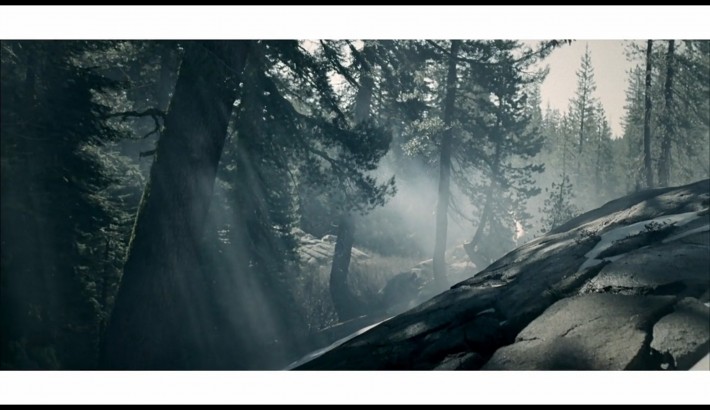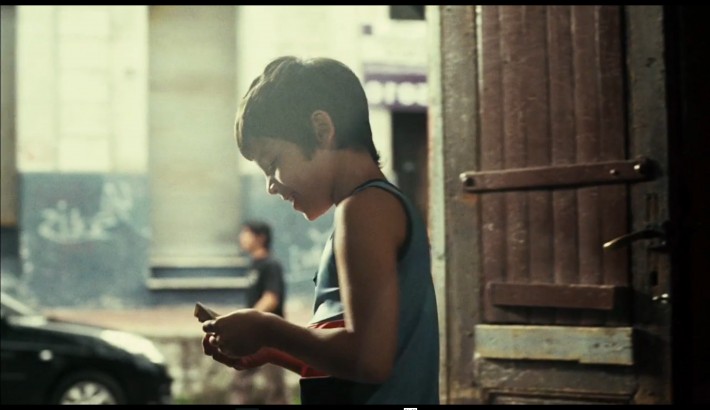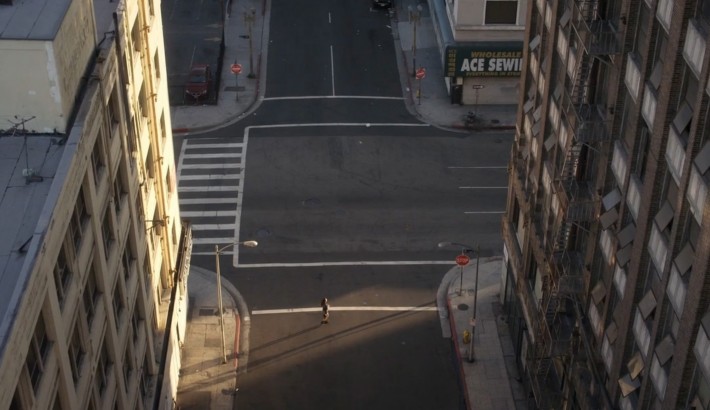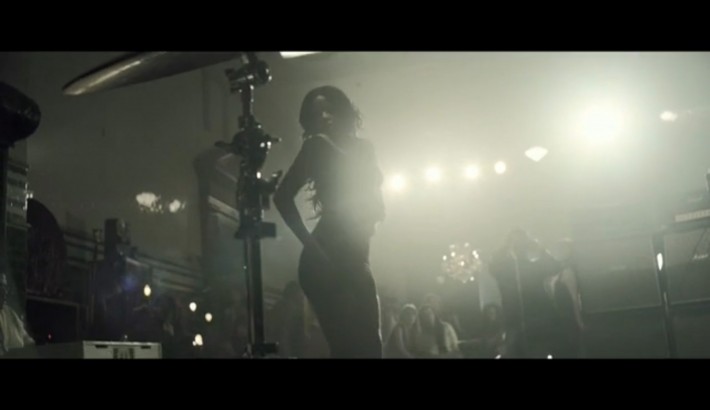Whether we shoot stills, video or both, better utilizing light is probably the single quickest and most effective way to boost the quality of our work. I recently came across the beautiful work of cinematographer and DP Matthias Koenigswieser. If you love to shoot natural or ambient light and want to see just how beautiful applying lighting to achieve a natural light look can be, you’re in for a treat.
Lighting is essential to establishing the mood and emotion we want to create, and the more control we have over it, the greater impact you can achieve with whatever you are shooting.
Matthias’s recent video ‘Stone Rolling’ has been shot in a very natural way. He believes studying natural light is key to help us better understand how to light more effectively, and there is plenty of evidence of this in his (mostly SFW) reel.
https://vimeo.com/45009116
Matthias also brings years of industry experience to the table, and a recent interview with Lights Film School who spoke with Matthias earlier this year, produced some wonderful insightful gems I’d like to share below. Everything from how he approaches lighting, to the importance of following your instinct was discussed.

On nature as an inspiration for his lighting style:
Atmosphere and lighting go hand in hand for me. I feel it makes everything more natural and relatable. In nature as well as interiors you have a different atmosphere all the time which in turn makes for a certain mood. Different weather conditions, light in different countries and continents, a variety of street light on a clear night, fog or rain. Smokey interiors, and open window next to the ocean and a setting sun. The varieties are endless and the best lighting school is nature


On utilizing your gear to help define your aesthetic:
Arri donated their brand new Alexa to the [Stone Rollin'] production. It was my first time filming with it. My first goal was to find a look with this camera that I could call my own. I wasn’t interested in creating a sterile ‘test footage’ music video piece. A few hours before the shoot I shot quick tests on set going through various ISO settings to see how the texture (grain/noise) would effect the feel of the image and how the highlights would hold up.
I was impressed to say the least. The “noise” of that camera had a strong resemblance to film grain which I love and the highlights would hold up particularly well in the higher ISO settings. I parked the camera at ISO 1600 and didn’t change it for the entire project. As a matter of fact 1600 is still my favorite ISO setting for 90% of projects.
While 1600 retains a bit more detail in the high-light compared to 800 it really is a very personal choice. It’s not for everyone but I do like the textured look more than a what I feel is more plastic looking clean digital look.

On representing and marketing yourself when you don’t have an agent to do it for you:
An important lesson I learned in the first years starting out is that YOU are your best agent. A positive attitude and being easy to work with has a massive impact of how your career will shape up. Be social and network but don’t force it at any time. At the end of the day it’s your work that needs to speak for itself.

On approach to location shooting, and on listening to your gut instinct:
The first step for us was finding the right location. Dori wanted to show me the one we ended up choosing first off and see if we could make it work. He was worried about a few things for good reason. I loved that space but also saw potential challenges. Generally some of the things to look out for are available light. Existing textures and colors within the space. The amount of space. This location was fairly long but narrow.
In that sense the space wasn’t perfect but first and last thing when making any decision is listening to your gut feeling and so we went for it. The reflective white tile on the wall worried us at first but ended up working really well as a key element of the art direction.

On the editing process, and the importance of getting shots that aren’t story boarded:
I still edit my own reels and little projects here and there. I think knowing the editing process helps a lot in being able to make the right choices on set quickly and to be able to give the director and editor what they need and so much more. Once we get what we have to have for a specific set up I often run wild for a take or two and cover and action, scene or performance totally freely and get all kinds of extra moments and close-ups that were not boarded. That way I can give the editor more options and it also satisfies my personal urge for artistic expression. Especially in commercials sticking to storyboarded moments only can be very frustrating and limiting. Some of the best moments you can’t board.


The full interview is insightful and more of Matthias’s can be found on Lights Film School
What do you think of Matthias’s work? Does it resonate with you, and if so, why? If you have your own favorite cinematographers or photographers, be sure to share them with the community in the comments below.
Image Credits [Matthias Koenigswieser]
Interview Excerpts Credits [Lights Film School]






Great article. His color and tone is just beautiful.
Favorite DP/Colorist/Storyteller - Salomon
https://vimeo.com/38775602
Terrific!
Fantastic piece...
i am yet to see the video but these clips are so damn natural! my goodness it is of such authenticity. Thank you Dave for introducing Mattias to us!!
Great work on ISO too! it does give that film effect on low light situations which i find lovely and very artistic. Outstanding work outstanding results!